If you’ve been following along at home, you’ve likely noticed that as springtime hits the CVM, our ambassadors have lots to say about the upcoming summer and year ahead.
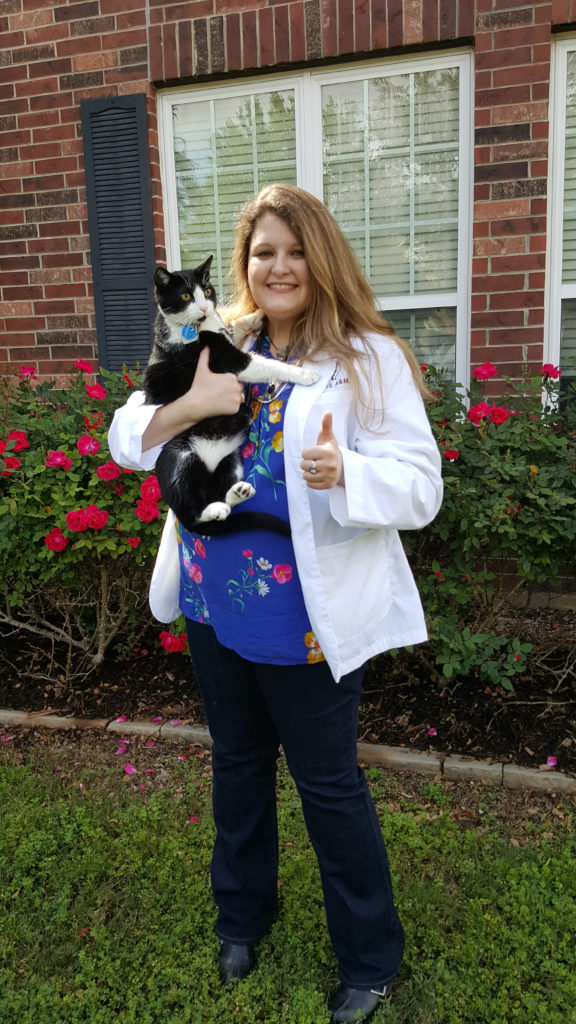
Our BIMS students are excited to attend study abroad and internship programs. Our first-year veterinary students (1VM) have their eyes set on some well-deserved rest and relaxation after enduring the most rigorous year of schooling of their lives. Many of our second-year veterinary students (2VM) will try out different clinical externships to help flesh out their career goals. And, finally, our third-year veterinary students (myself included) have a major space-occupying lesion in our mind—fourth-year clinics.
You’ve heard it before—this is our final year of veterinary school, during which we become immersed in the activity of A&M’s elite referral large and small animal hospitals. If you’ve attended one of our tours, you’ve likely seen current fourth-year veterinary students (4VM) dashing about in white or green coats. Our job in the fourth-year is to work alongside board-certified specialists to help guide clients through the diagnosis and treatment of their animals’ medical conditions.
I have several friends in the current 4VM class who are now solidifying job offers and planning their move from veterinary student to veterinary practitioner. This process also includes acquiring appropriate licenses and insurance policies necessary to practice.
As you can imagine, summer is a time of transitions, and we are all excited and anxious to step into our new roles.
Recently, I had the great honor to receive my Aggie Ring. Most veterinary students, if they didn’t attend A&M as an undergraduate, apply to receive their ring in the middle of our 2VM year, around the same time as our White Coat ceremony.
I waited until my third year because I decided that it would be nice to have another milestone right before I head into clinics and also because it was a great opportunity to see my parents, since it’s going to be several months before I return home.
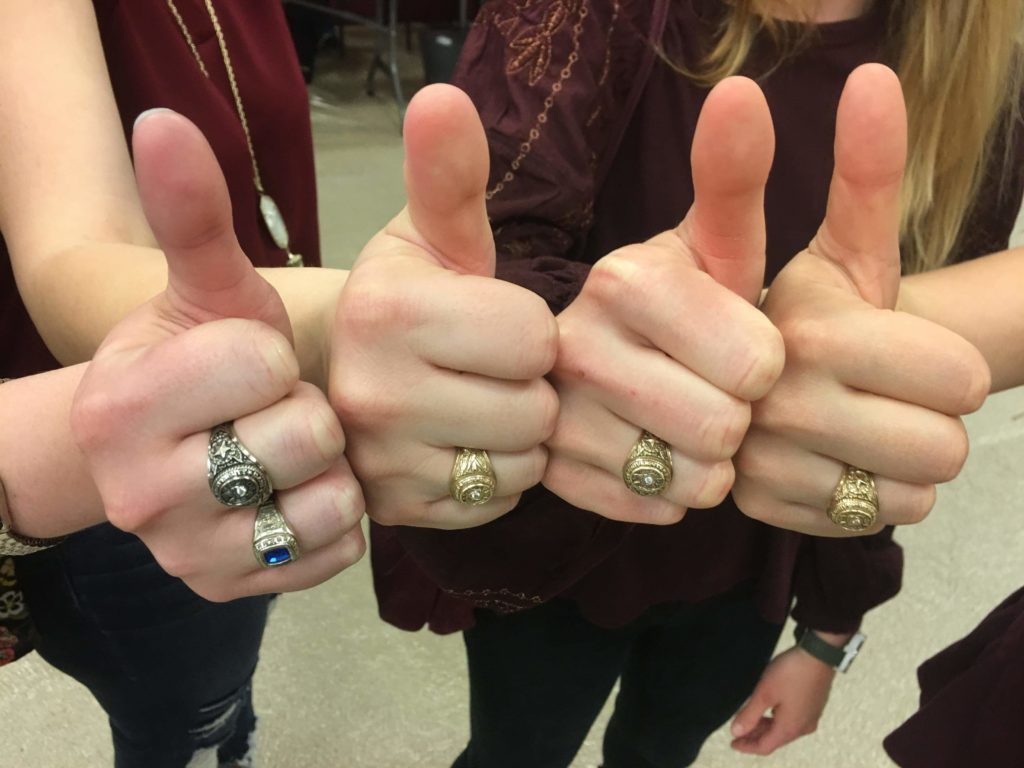 On Aggie Ring Day, we had a lovely dinner at Madden’s in Bryan (definitely recommend), and three of my close friends joined us for my ring ceremony. The evening was filled with love, support, and pride for all of the hard work that underscores the journey to receive one of these rings.
On Aggie Ring Day, we had a lovely dinner at Madden’s in Bryan (definitely recommend), and three of my close friends joined us for my ring ceremony. The evening was filled with love, support, and pride for all of the hard work that underscores the journey to receive one of these rings.
I received my first Balfour ring when I graduated Bucknell University in 2013, and it seems fitting to have a second one to commemorate my time as an Aggie veterinary student. I’m not one for a ton of jewelry in the first place (it all has to come off for surgery!), but I do love what these rings represent and cherish the education I’ve received from both institutions.
Another important milestone to consider is that I have to say goodbye to my time as a CVM Ambassador. I have worked in this program since 2015 and have held the position of lead ambassador for the past two years, managing the logistics of providing tours of the VBEC and our teaching hospitals.
It’s been a great honor to hold this leadership position—I’ve worked with some wonderful students with so much passion for the A&M community. Furthermore, with the incredible support of a dedicated supervisor, I have gained many skills in communication and team management.
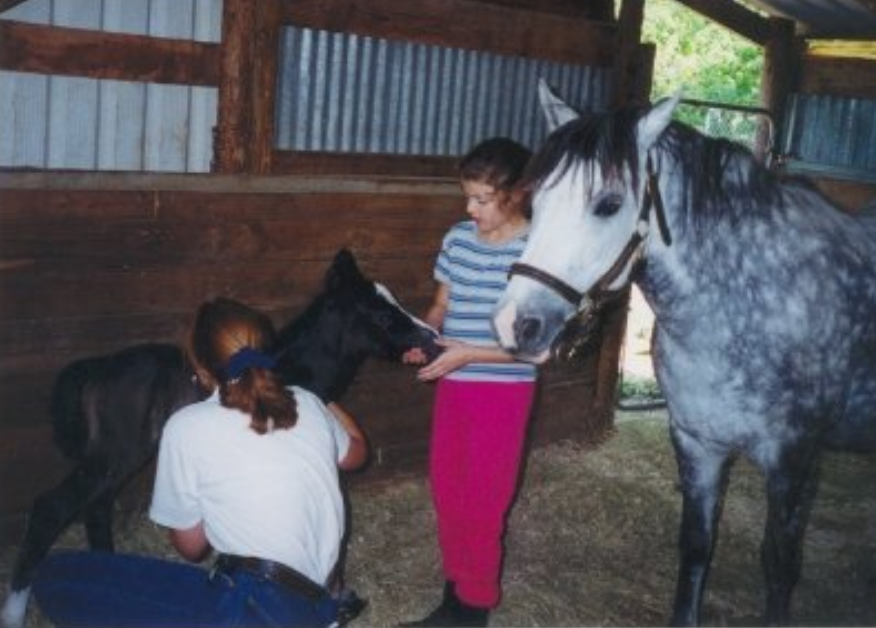
The next generation of this program is going to have so many exciting features for our future guests, and I can’t wait to see our new lead ambassador walking through the hospitals training new guides!
As I wrap up my swan song, I’m inclined to think about when I was about 8 years old, visiting Texas A&M for the first time—it was the first veterinary school I had ever seen.
While my pony was being treated for a soft tissue injury, my mom and I were given a tour of the newly built Large Animal Hospital, and, in only the way that a child can, I declared something of a premonition—this is where I would become a veterinarian.
Shortly after that time, my family moved to England, and I wasn’t sure when or if I would be returning to the States. I haven’t the space to thank everyone who has played a role in my journey back to this school, but as I transition into my final year as a veterinary student, I think of them daily and am so grateful to be here, watching my childhood ambitions mature into a promising career as a DVM.

 After a refreshing summer hiking in the mountains of Colorado and spending time with my family’s ranch of animals, I road-tripped back to College Station to begin my penultimate year of the DVM program.
After a refreshing summer hiking in the mountains of Colorado and spending time with my family’s ranch of animals, I road-tripped back to College Station to begin my penultimate year of the DVM program.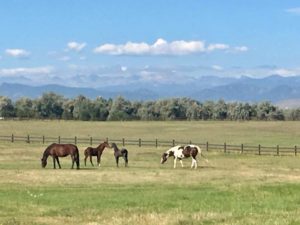 Next semester, I will take a variety of equine and small animal medicine courses, such as dentistry, wound management, and neurology—among many others!
Next semester, I will take a variety of equine and small animal medicine courses, such as dentistry, wound management, and neurology—among many others! It’s incredible to think that this dream is almost realized—especially when I consider the responsibilities that come with maintaining professional integrity and competency for our patients, clients, and peers.
It’s incredible to think that this dream is almost realized—especially when I consider the responsibilities that come with maintaining professional integrity and competency for our patients, clients, and peers.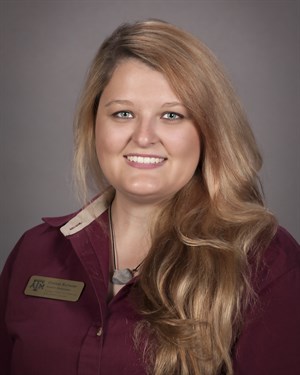 A few days ago, six fellow classmates and I gathered to have a catered lunch from a College Station favorite, Blue Baker, with our three faculty mentors. Every now and then we meet to discuss current happenings in the vet school and receive some sage advice about developing our future careers. On this occasion, being mid-semester, spring break and summer plans were big topics of conversation.
A few days ago, six fellow classmates and I gathered to have a catered lunch from a College Station favorite, Blue Baker, with our three faculty mentors. Every now and then we meet to discuss current happenings in the vet school and receive some sage advice about developing our future careers. On this occasion, being mid-semester, spring break and summer plans were big topics of conversation.